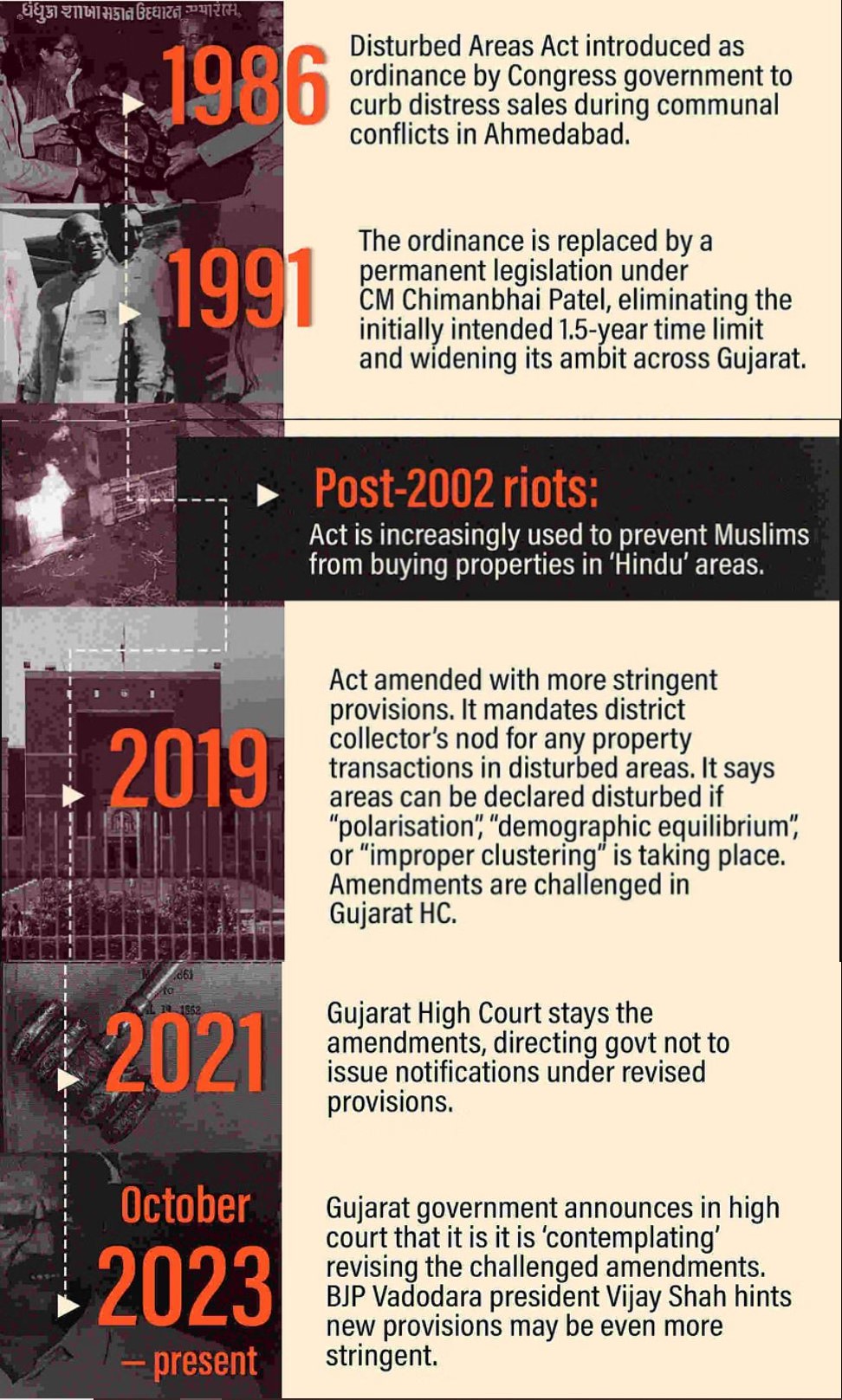|
One Liners 10-02-2025
|
|
Polity & Governance
|
|
The Pradhan Mantri National Apprenticeship Promotion Scheme (PM-NAPS)
- Launched in – 2016 under the umbrella scheme Skill India Programme (SIP).
- Nodal Ministry – Ministry of Skill Development and Entrepreneurship.
- Aim – To promote apprenticeship training in the country, by providing partial stipend support to the apprentices engaged under the Apprentice Act, 1961.
- Eligibility - 14-35 years
- To support both apprentices and establishments in India, 25% of the stipend, up to Rs.1, 500 per month per apprentice, will be provided through Direct Benefit Transfer (DBT) during the training period.
|
|
Jan Shikshan Sansthan (JSS)
- It originally launched as Shramik Vidyapeeth (SVP) in 1967.
- Umbrella scheme – Skill India Programme (SIP).
- Nodal Ministry – Ministry of Skill Development and Entrepreneurship.
- Aim - Community-centric skilling initiative designed to make vocational training accessible, flexible, and inclusive, particularly for women, rural youth, and economically disadvantaged groups.
- Key Initiatives - PM JANMAN, Understanding of Lifelong Learning for All in Society (ULLAS),
- Targeted beneficiaries – Non-literates, neo-literates, individuals with rudimentary education, and school dropouts up to class 12th, aged 15-45 years.
|
|
Yuva Sahakar – Cooperative Enterprise Support and Innovation Scheme
- Launched in – 2018.
- Implemented by – National Cooperative Development Corporation (NCDC).
- Nodal Ministry – Ministry of Cooperation.
- Aim – To encourage newly formed cooperative societies with new and/or innovative ideas and young entrepreneur cooperative societies which are in operation for a minimum of 3 months.
- Loan – Long-term loan (up to 5 years).
- Interest subvention – 2% on rate of interest.
|
|
Animal Husbandry Infrastructure Development Fund (AHIDF)
- Launched in – 2020 as a central sector scheme.
- Nodal Ministry – Ministry of Fisheries, Animal Husbandry & Dairying.
- Merged with – Dairy Infrastructure Development Fund (DIDF).
- Aim – To support investments in infrastructure related to animal husbandry, including dairy, meat processing, and animal feed plants.
- Eligible entities – Individuals, Private companies, cooperatives, section 8 companies, MSMEs, Farmer Producer Organizations (FPOs), and Dairy Cooperatives & dairy farmers.
- Loan – Up to 90% of the estimated/ actual project cost.
- Timeline – 6 years.
|
|
Fisheries and Aquaculture Infrastructure Development Fund (FIDF)
- Launched in – 2018.
- Nodal Ministry – Ministry of Fisheries, Animal Husbandry & Dairying.
- Implementing agency – National Fisheries Development Board (NFDB).
- Aim - It helps in the creation of fisheries infrastructure facilities both in marine and inland fisheries sectors.
- Nodal Loaning Entities
- NABARD - State/UT government projects.
- National Cooperative Development Corporation – Cooperative Sector either through State Governments/UTs or directly to Eligible Cooperative Societies & Federations
- Scheduled Banks – All the Private Beneficiaries/ Private Entrepreneurs.
- Loan – Up to 80% of the estimated/ actual project cost.
- Interest Subvention- Up to 3% per annum for development of identified fisheries- based infrastructure facilities.
- Repayment period - 12 years inclusive of moratorium of 2 years on repayment of principal.
|
|
Pradhan Mantri Matsya Kisan Samridhi Sah-Yojana (PM-MKSSY)
- Launched in – 2024 as a central sector sub-scheme.
- Umbrella scheme – Pradhan Mantri Matsya Sampada Yojana (PMMSY).
- Nodal Ministry – Ministry of Fisheries, Animal Husbandry & Dairying.
- Aim – To formalize the fisheries sector and to support fisheries micro and small enterprises.
- Timeline – 4 years (2023-2027).
|
|
GLOF Mitigation Project
- GLOF-NGRMP – National Glacial Lake Outburst Flood-Risk Mitigation Project.
- Launched in – 2025.
- Funding -National Disaster Mitigation Fund (NDMF).
- Aim – To reduce the risks associated with glacial lake outburst floods, particularly in regions that are highly susceptible to such natural disasters.
- Implemented states – Arunachal Pradesh, Himachal Pradesh, Sikkim and Uttarakhand.
- Glacial Lake Outburst Flood (GLOF) – It is a sudden release of water from a glacial lake due to the failure of a natural dam, resulting in flooding.
|
|
CRIDA Mission
- CRIDA – Central Research Institute for Dryland Agriculture.
- Launched by – Indian Council of Agricultural Research (ICAR).
- Nodal Ministry – Ministry of Agriculture & Farmers Welfare.
- Aim – To conduct essential and strategic research on dryland agriculture.
|
|
Agriculture
|
|
Pisciculture
- Pisciculture – It is the commercial breeding of fish.
- It is a type of aquaculture in which aquatic creatures, including fish, crabs, and molluscs, are carefully cultivated and harvested.
- It can be done in either a natural or a simulated natural context.
- Process – It is the process of breeding, producing, and shipping fish for both home and commercial purposes.
- It is also known as aquaculture, fish farming, or mariculture.
|
|
Security
|
|
TROPEX-25
- TROPEX-25 – Theatre Level Operational Readiness Exercise, 2025.
- It is an operational level exercise conducted biennially with participation by all operational Indian Naval units.
- Substantial participation – Indian Army, Indian Air Force and Coast Guard assets.
- Conducted in – Indian Ocean Region.
- Aim – Validate Indian Navy's core warfighting skills, ensuring a synchronised, integrated response to preserve and protect national maritime security interests.
- Against conventional, asymmetric as well as hybrid threats.
|
